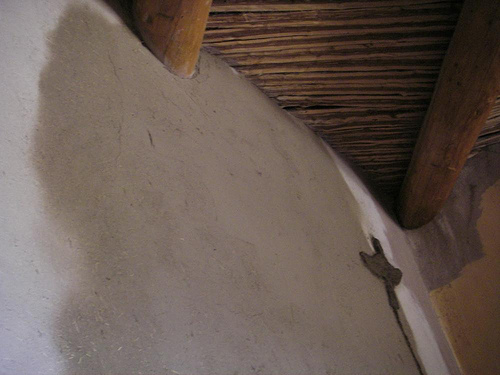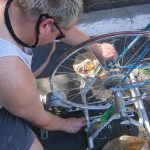Plaster walls are most typically found in older homes. Over time, these walls tend to crack for a number of reasons such as movements in the foundation of the structure, moisture, and wood shrinkage.
Repairing plaster walls is quite an easy task and depending on the extent of the repair that you will be doing, you can accomplish this in as little as 2 hours.
How to Repair Plaster Walls
Before you begin your repairs, you must first get all the necessary materials so you will have everything on hand. It is not recommended that you get the ready-made joint compounds as these do not last very long.
For longer lasting repairs, you should get plaster patching compounds that come in powder form which you will then mix with water.
Basic materials needed for repairing cracks in plaster walls are: drywall paper tape, spackle or putty knife, plaster patching compound, fine sand paper, primer and paint.
Repair Procedures:
1. Check the extent of the cracks. This will allow you to determine how much of the plaster patching compound you will be using. If the cracks are a bit small in width, enlarge the top cracks to at least a quarter of an inch wide.
2. Prepare the wall surface. Clean the cracks and their surrounding areas, making sure to remove dust and debris.
3. Mixing the patching compound. Be sure that you are ready to patch the cracks before mixing your compound as this dries up easily when mixed with water, usually within half an hour.
Mix your compound according to instructions included in the packaging.
4. Patching cracks. With a damp towel, wipe the sections that you need to patch to dampen these. Make sure that you do so only when you are about to apply your patching compound.
Apply a thin coat of your plaster patching compound on the cracks and then cover this coating with drywall paper tape. Make sure that the tape is even and smooth – no bubbles should be present.
Apply a second coating of the plaster patching compound over the tape. Make sure that the tape can still be seen through your second coating as this is how thin your coating should be. Let the compound dry.
Pre-mixed compounds need to dry overnight while powdered plaster patching compounds mixed with water need to dry for only a couple of hours – two at the very least.
You may apply a third coating once the second one has completely dried to reinforce your patchwork.
5. Sand the patched area and then apply your primer and paint to finish the job.



